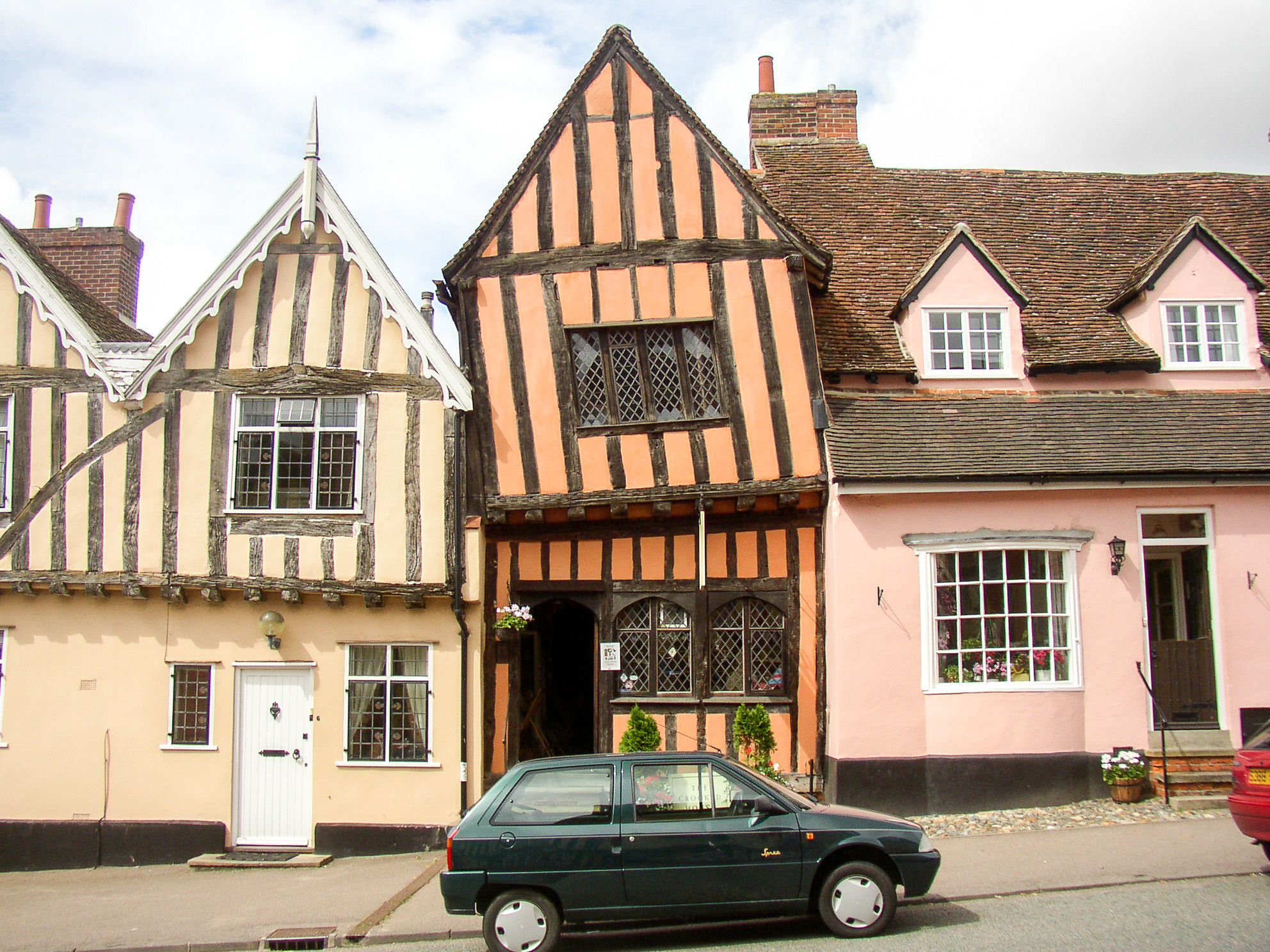What can you do with extensions with a listed building?
What can you do with extensions with a listed building?
Whether you want to extend a Grade II listed barn or modernise a 17th century stone cottage, if the property is on the statutory National Heritage List for England, then you will be subject to additional planning controls.
Listing properties began during the second World War to protect England’s most precious buildings. It now extends to protect buildings and homes of special architecture and historic interest. If you are planning to change a listed property’s character or appearance, you will need to apply for listed building consent.

If a building is listed, the whole structure, both external and internal, will fall under the list’s protection. However, because each listed building is different, what you can do to the property varies widely and can depend on the views of your local conservation officer.
The best thing you can do is:
- Check your property is actually on The List . According to Heritage England, all buildings built before 1700, which survive in their original condition are listed, as are most of those built between 1700 and 1840. Nowadays, a building will have to be more than 30 years old to be listed.
- Apply for listed building consent with your local planning authority. Have an outline ready to show what you are planning to do. Extensions that require Listed Building Consent include; external extensions such as porches, dormer windows and conservatories; fixtures including satellite dishes, shutters and burglar alarms; internal alterations such as dividing rooms, removing staircases or paneling and external alterations such as rendering, cladding or changing the colour of the paint.
- Check whether you need planning permission too. Generally, works to just the interior of a listed building require listed building consent. If you plan on doing work to both the interior and exterior you will need to apply for planning permission. Also, any demolition of a listed building will need planning permission. Because every listed building is different, always check with your local authority before doing any work. Failure to comply is a criminal offence and you may be prosecuted.
Although there are a few more hoops to jump through for owners of listed buildings, the law is there to protect and not stop change. According to Historic England, listed buildings can be extended, altered, converted and demolished but you just have to make sure you do everything by the book. Listed Building Consent helps local authorities make decisions that balance the site’s historic significance against other issues such as function, condition or viability because it still wants listed buildings to be enjoyed, like any other building.
